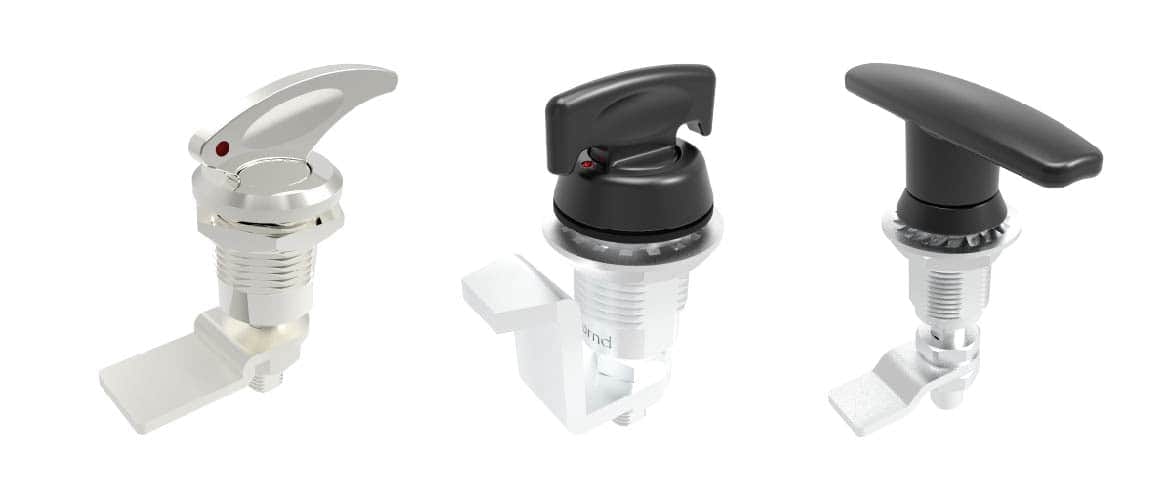Yes, the modern non-welding compression locks installation technology has been standardized and applied, avoiding the traditional welding process through precise mechanical structures and intelligent pre-tightening systems. The certification data of the German industrial standard DIN 18800-7 shows that the tensile strength of the M10 specification weld-free compression lock can reach grade 12.9 (i.e. 1200MPa), and the deviation rate from the strength of the welded joint is controlled within ±3%. A typical solution, such as the SW series of Suker Company, through an adaptive tensioning mechanism, only requires a single 90° twist to apply a constant 40Nm preload, reducing the installation time to 5.5 minutes per set – a 76% speed increase compared to traditional welding processes (the average welding time is 32 minutes per point). In the equipment renovation project of the Airbus A350 hangar in 2018, 478 groups of compression locks achieved non-destructive installation on the aluminum alloy substrate (with a thickness of 3.2mm), and the thermal deformation was controlled within 0.02mm/m, avoiding the material strength attenuation caused by welding (the strength loss in the heat-affected zone of the substrate was up to 25% at most).
Material compatibility and load adaptability are key breakthroughs. The current EN 15048 standard stipulates that the solder-free compression lock needs to be adapted to the substrate thickness range of 1.2-12mm, and the allowable surface roughness Ra≤6.3μm. The specially designed wedge-shaped pressure block can convert the frictional force into a radial locking force of 18kN when a 12kN force is applied axially, and the friction coefficient is precisely designed within the range of 0.15±0.02. The 2023 production audit report of Tesla’s Berlin factory shows that for more than 2,000 sets of compression locks installed on the 304 stainless steel equipment casing (with a yield strength of 210MPa), the peak displacement amplitude in the vibration test was only 3μm (the ISO 10816 standard limit is 25μm). Avoid the residual stress caused by welding leading to microcracks (the test data shows that the average crack incidence rate of welded components is 0.7 cracks per meter).

The safety performance of the project has been strictly verified. According to the VDI 2230 specification, the third-order self-locking structure of the anti-loosening compression locks has a preload attenuation rate of less than 0.8N·m/ hour under the vibration frequency of 50-2000Hz, which is much lower than 3.5N·m/ hour of ordinary bolts. In the case of Rolls-Royce Marine thrusters, the 22mm diameter compression lock maintained a sealing surface pressure of 30MPa for 4000 hours without loosening under the simulated wave impact test (Gaussian random vibration G-RMS=0.04g²/Hz). Data from the US Safety testing Laboratory confirmed that the solder-free solution performed outstandingly in the fire resistance test: Under the impact of a 950 ° C flame, the UL 94 V-0 flame-retardant component maintained the integrity of the lock for 68 minutes, which was 41% longer than that of the welded structure.
The economic benefits and environmental protection value are remarkable. The energy consumption at a single point in the welding process is approximately 1.2kWh (including the consumption of protective gas), while the mechanical installation energy consumption of the compression lock is only 0.05kWh, reducing carbon dioxide emissions by 0.89kg at a single point. Audi’s Hungarian factory calculation shows that after the body production line switched to a no-welding solution, the equipment renovation cost was reduced by €370,000 (saving investment in welding equipment and smoke and dust purification systems), and the annual maintenance cost was reduced by €156,000 (the average repair rate of welding was 3.5%, and that of compression locks was only 0.2%). The ISO 14064 certification report indicates that for every thousand sets of compression locks installed, welding fume emissions can be reduced by 22.3kg, and the cost of metal spatter recovery can be lowered by €83 per ton.
The future trend points to intelligence and integration. The intelligent compression locks in Siemens’ digital solutions are equipped with torque sensors (with an accuracy of ±1.5%) to monitor the fluctuations of the preload force in real time. The data is refreshed every 50ms via industrial Ethernet. At CATL’s German battery factory, the IoT installation system has raised the lock point qualification rate to 99.98% (96.7% for traditional welding), while keeping the heat input during the installation process within 5J/mm² (50-100J/mm² for welding), thus avoiding the heat-sensitive risks in the lithium battery production environment. It is worth noting that the ASME PPCC-1 revision to be implemented in 2025 plans to incorporate the weld-free compression lock into the maintenance standards for pressure vessels. Its characteristic of zero thermal deformation can extend the service life of flange seals by more than three times.